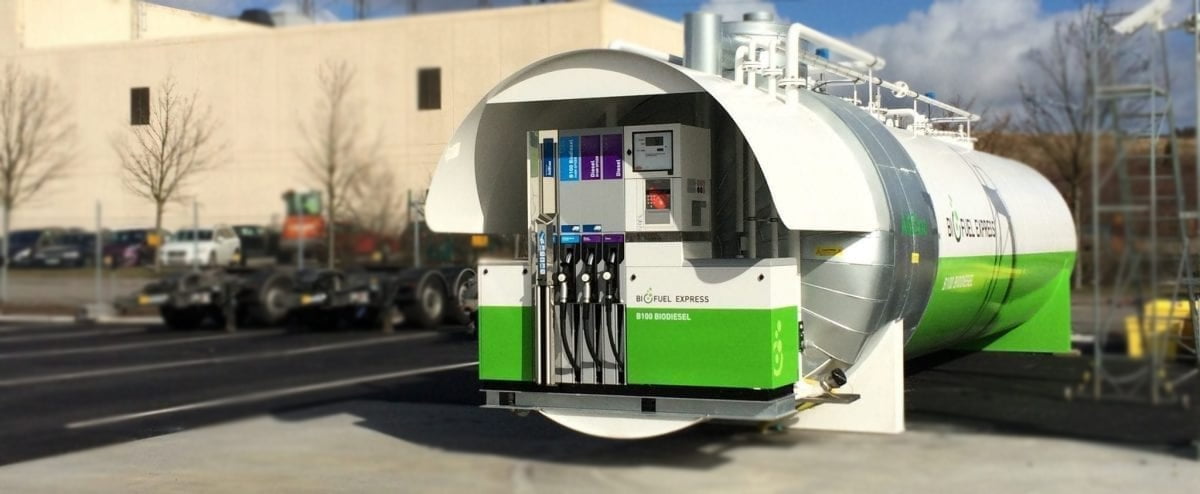
12. Oct 2020

It can be difficult to make sense of all the things you hear about biodiesel, and many misunderstandings can arise along the way.
Here we will explain some of the biggest misunderstandings and questions about biodiesel. Initially, the focus is on the myths that deal with biodiesel’s operational properties:
| Myth | True | False |
|---|---|---|
| Myth 1: Biodiesel clogs the fuel filter | When ordinary diesel is used, there will be deposits of dirt in the tank. At the first refueling of high-quality biodiesel, this deposit will dissolve. This means that the residue from the deposit that dissolves will settle in the fuel filter. So, to begin with, when you start using biodiesel, change the fuel filter a little more often – over time, the excreted substances will be gone, and you can just change the fuel filter according to the manufacturer’s instructions. | |
| Myth 2: Biodiesel negatively affects engine performance | You should expect a reduction in performance of 4% compared to regular diesel. | |
| Myth 3: Does consumption increase when using biodiesel | Our best calculations show that there is an additional consumption of 4% compared to regular diesel. | |
| Myth 4: The vehicles or engine must be modified to run on biodiesel | All the Nordic truck brands have models prepared for B100 Biodiesel RME Premium. Biodiesel can be used without problems in most diesel engines without modification. The only modification required is to replace the fuel filter every now and then. Changing a fuel filter does not require a lot of time or resources. You can see the approved vehicles for B100 Biodiesel RME Premium here. | |
| Myth 5: The quality of biodiesel is fluctuating | Biodiesel is a natural product, and therefore there can be a big difference in quality. Biofuel Express only sells premium quality B100 Biodiesel RME. See our product data sheet here. | |
"*" indicates required fields